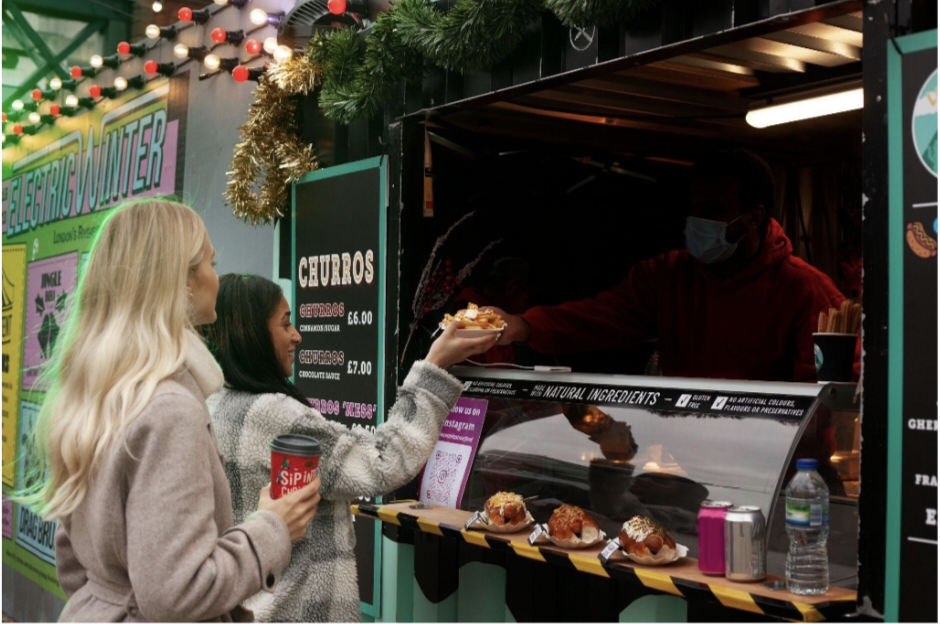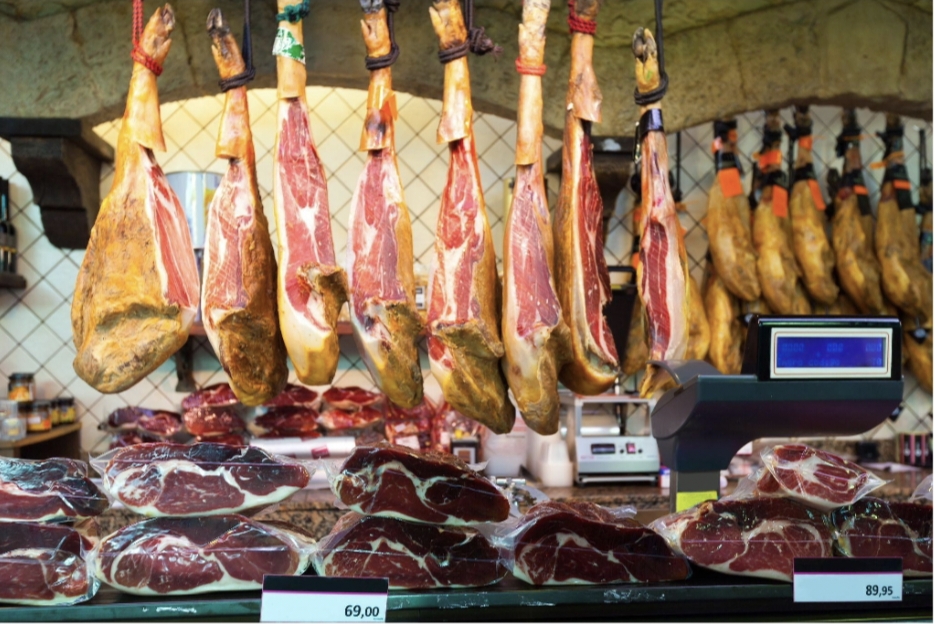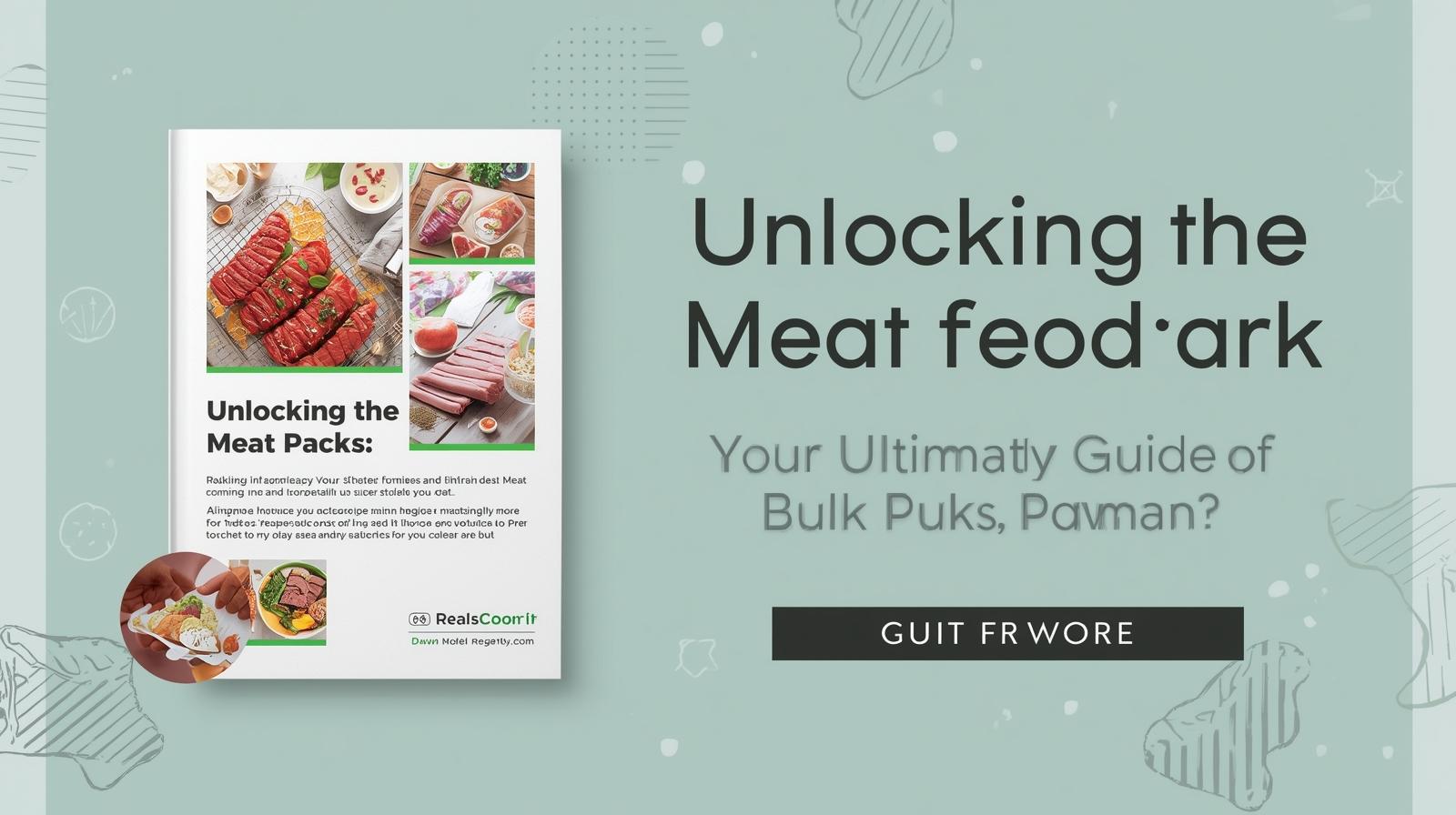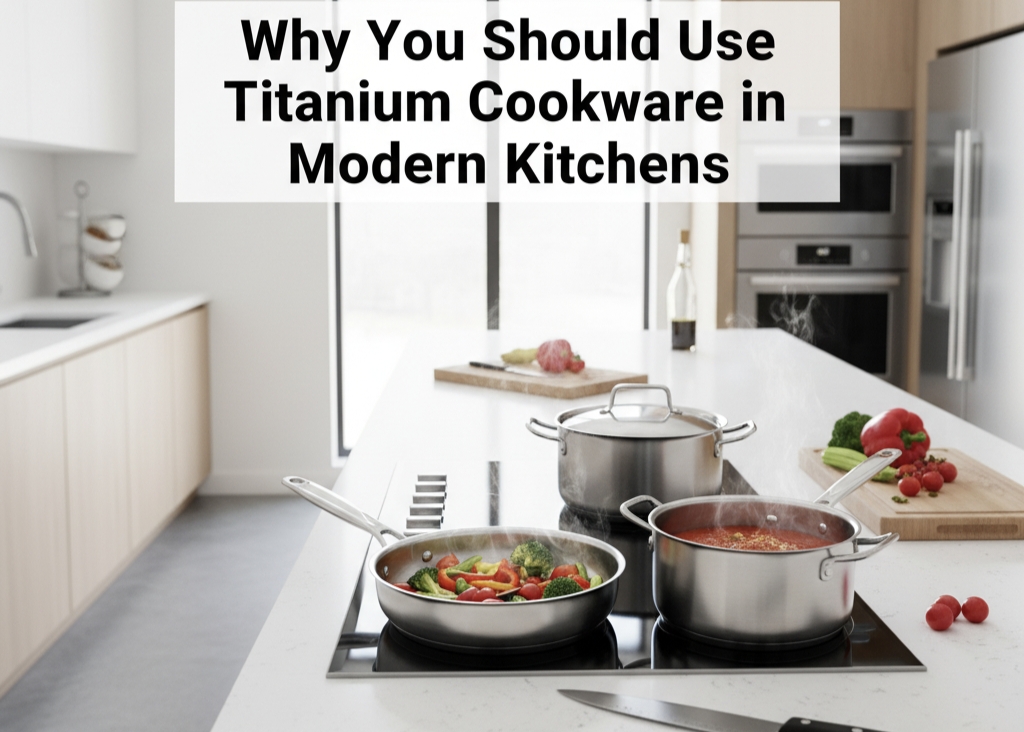In a world that’s increasingly driven by convenience and sustainability, food packaging plays a vital role in maintaining the quality and safety of our meals. From reducing waste to enhancing the shelf life of products, innovation in food packaging is essential for modern consumers who demand both freshness and environmental consideration. Today, we take a closer look at some of the latest trends and technologies that are reshaping the way we package food.
Smart Packaging Solutions
One of the most exciting developments in food packaging is the rise of smart packaging, which integrates technology to extend shelf life and monitor product conditions. Intelligent sensors and indicators are now being embedded in packaging materials to keep track of the freshness of the food, signal temperature changes, or alert consumers when the product is approaching its expiry date. This not only helps in reducing food wastage but also ensures that consumers consume products that are safe and of quality.
Sustainable Packaging Innovations
With an increasing awareness of environmental issues, sustainable packaging is more important than ever. Biodegradable and compostable materials are gaining popularity as they offer an eco-friendly alternative to traditional plastics. Packaging made from plant-based fibres, such as bamboo or sugarcane bagasse, are not only renewable but also break down much faster than conventional packaging materials. This shift towards sustainability helps in paving a way for reduced environmental impact while still providing the essential functions of packaging.
Edible Packaging
Taking innovation a step further, edible packaging presents a fascinating solution to the packaging waste dilemma. Edible films and coatings, crafted from food-grade substances such as seaweed, milk proteins, or fruit and vegetable purees, can be consumed alongside the food they encase. Not only does this reduce the need for external packaging waste, but it also adds nutritional value and can enhance the flavour of the product.
Modified Atmosphere Packaging (MAP)
Modified Atmosphere Packaging (MAP) is a technology that alters the atmosphere inside the packaging to extend the product’s freshness. By modifying the level of oxygen, carbon dioxide, and nitrogen surrounding the food, MAP slows down the natural deterioration process, thus extending the product’s shelf life. This type of packaging is particularly useful for fresh produce, meats, and bakery items, providing a way to keep them fresh without the use of preservatives.
Nanotechnology in Packaging
Although it sounds futuristic, nanotechnology is already being implemented in food packaging to improve durability, flexibility, and barrier properties. By using nanoscale materials, packaging can become more resistant to heat and moisture, while still being lightweight and transparent. Some applications even include antimicrobial coatings that can help to kill bacteria and other pathogens, thus ensuring the safety and longevity of the food products wrapped within.
Conclusion
The food packaging industry is undergoing a rapid transformation, driven by the need for sustainability, food safety, and extended shelf life. By embracing innovative solutions such as smart packaging, biodegradable materials, and even edible alternatives, we can move towards a future where food is protected without compromising the planet. As consumers become more environmentally conscious, these advancements in food packaging will undoubtedly play a crucial role in shaping a healthier, more sustainable world.





